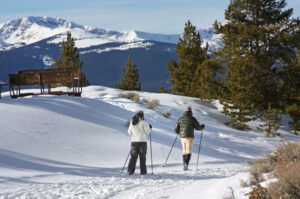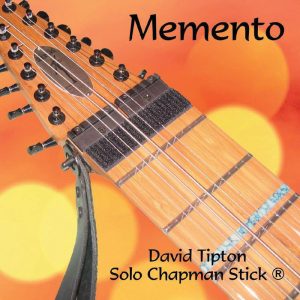By John Mattingly
Real snow has large flakes, is evenly distributed in the base, and isn’t as light or fluffy as the virtual snow from a snow-making machine. Virtual snow lacks a complex crystalline structure, as it is already “old snow” at creation, being like real snow that has been trafficked enough to crush the pure and varied geometry of the flakes.
Virtual snow will never be fresh “pow” or white gold. At best, virtual snow is blow pow, mashed potatoes, boiler plate, broken crust, lizard skin, hanging chad, tipsy turnip, epileptic matador, hog nose, cauliflower mogul, cold spinach, donkey ear, depth valley, dry duck, albino dung, rancid moose antler, IcyBM, or simply, crud. But no matter how bad virtual snow may be, it still skis better than dirt.
Virtual reality isn’t “real” but it is useful, perhaps more efficient and egalitarian than reality, and in the end, it works. It serves a purpose. With time and patience we can expect snow-making machines to create snow crystals even more sophisticated than the real thing. From there it’s only a lift ride and a jump to create virtual skiing experiences in whatever kind of snow you want … without the traffic and pollution of getting to the slopes, without the gear to go up and down, and without ripping up the forest to make a run and build all sorts of ridiculous chalets.
Conversations about the ultimate virtue of real experiences versus comparable virtual experiences usually ends with the consensus that there’s nothing like the real thing, baby. Yet, in spite of this righteous opining, virtuality is taking over, even as we cherish its opposite in our hubris.
I summited Mount Shavano in 2015 with a band of friends, all of us coming up on seventy years old, and curious if we still had the mettle to climb a rock. We rented a Jeep with a hemi, and by the time we bounced and rutted our way to the trail head spewing exhaust, our hemorrhoids activated. From parking lot to summit, we could have filled a dozen large trash bags with plastic bottles, energy bar wrappers, toilet paper, cigarette butts, torn backpacks and abandoned flip-flops. At the summit, everyone was trading cameras to take pictures, quickly virtualizing the experience, as if it wasn’t really real until it’s virtualized on film.
By contrast, my virtual climb of Mount Everest at age seventy was painless, did not generate much waste, and saved the poor mountain from trash, toilet paper, abandoned O-tanks and another dead body. It also saved the $60,000 of a real climb. In fact, the virtual climb of Everest felt more real than the actual climb of Shavano.
So, a Chaffee County investment in a Virtual Access Center that offered virtual climbs, virtual raft trips, bike rides, hikes, backpacking, skiing and meditation would reduce the human traffic damage and waste explosions on public lands by offering a broader, safer, and perhaps even more interesting experience. Virtuality has a place. How about the intersection of Highways 50 and 285 …
The coming generations – who are already well adapted to an expanding virtual world – might well see Chaffee VAC offerings as superior to the actual experience. The VAC offers highlights from all seasons and all weather, plus views of wildlife in action that would take months, if not years, to capture in person, and less carbon emitted in the entire process.
Plus, actual experience on public lands has actual risks: Exposure, sunburn, skin cancer, starvation, animal attack, dogs, bug and snake bites, physical injury with the possible expense of a bankrupting rescue, and even death, but most of all: relief from people and pollution, and relief from the sight and sound of so many other people competing for a real experience.


